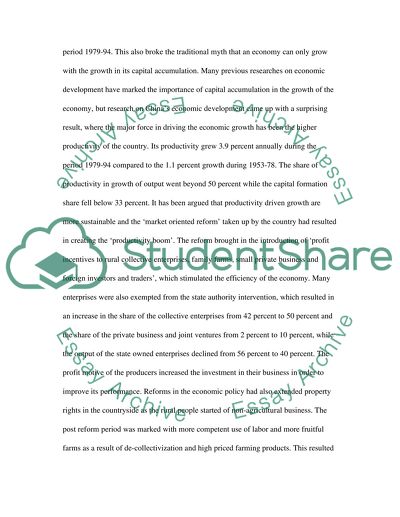Cite this document
(“How will China look to sustain economic growth in the future Essay”, n.d.)
Retrieved from https://studentshare.org/environmental-studies/1419543-how-will-china-look-to-sustain-economic-growth-in
Retrieved from https://studentshare.org/environmental-studies/1419543-how-will-china-look-to-sustain-economic-growth-in
(How Will China Look to Sustain Economic Growth in the Future Essay)
https://studentshare.org/environmental-studies/1419543-how-will-china-look-to-sustain-economic-growth-in.
https://studentshare.org/environmental-studies/1419543-how-will-china-look-to-sustain-economic-growth-in.
“How Will China Look to Sustain Economic Growth in the Future Essay”, n.d. https://studentshare.org/environmental-studies/1419543-how-will-china-look-to-sustain-economic-growth-in.


